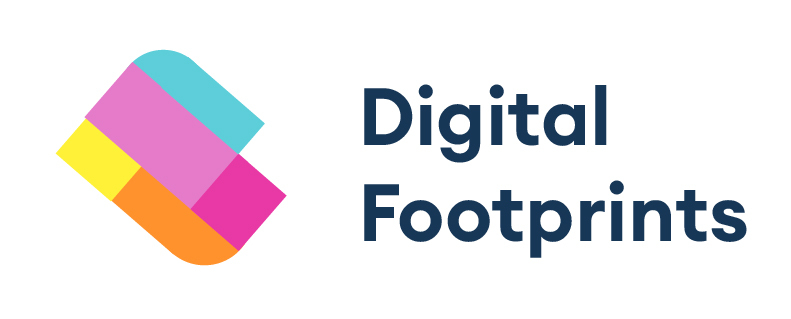In recent years there has been a lot of buzz around Virtual Reality (VR) and Augmented Reality (AR). But are these technologies something tangible and useful to companies? Many marketers are in fact already using VR to get ahead of competitors and while the big companies may be the first to deploy such technologies, there’s no doubt that the effect will trickle down into the mainstream eventually. So how exactly are marketers using VR to their advantage? Keep reading to find out.
What is Virtual Reality?
First things first, what actually is Virtual reality? Virtual Reality normally requires a headset and refers to all of the user’s sights and sounds being cut off and replaced with a virtual world. This is what creates the fully immersive, 360 degree experience and can be used across all industries from gaming to fashion. Sales of VR headsets are predicted to reach a whopping 29 million units this year alone and many companies have already launched their own ‘metaverses.’ Augmented Reality is also often mentioned alongside VR and users don’t need a headset to get involved. This is perhaps a more entry level approach for businesses to take when looking into creating a metaverse and refers to digital, visual elements which can be seen using a phone and apps. Ikea for example recently launched their Ikea Place app which allows users to see what furniture would look like in their own home and perfectly displays a practical side to AR in the retail space without the need for the customer to buy extra equipment.
How to use Virtual Reality
VR is clearly a unique and immersive experience for its users but how do marketers help their companies to benefit from it? The monetisation of VR is a defining factor in its usefulness for marketers and there are several ways that companies are already capitalising on this. Virtual shopping experiences are one of the most obvious and common ways VR is being used by marketers. Snapchat already has a feature which allows users to ‘try on’ clothes and this highlights a simple way for marketers to give users a meaningful experience which is both useful and fun. Marketers could take this one step further with virtual showrooms and fashion shows but of course, the initial investment to implement such technology will be costly.
Another popular use of VR is in virtual meetings, for example for conferences and events. What could be better as a marketer than to be able to attend multiple events from all corners of the world without having to move a muscle? Many may say that virtual events are what Zoom is for but in fact, using VR for virtual engagements makes the experience much more personal and in theory, would allow the participants to go between different rooms and meet people more naturally as if in a real life setting. Again, this is an expensive approach but would eliminate the need for travel and is likely something we will see growing in popularity amongst marketers, affiliates and many other job roles.
Lastly, using VR in your marketing campaign simply makes your adverts more fun. Early adopters of the trend will be able to take advantage of the market by providing customers with an experience they cannot get elsewhere and as a result, your product will likely be much more memorable to them than your competitors’. You will also have the consumer data to get ahead of your rivals in terms of trends and developments in the market.
Challenges of using the Technology
As touched on, although the benefits of VR are clear, it is still a relatively new and untapped resource for marketers. For a start, the software needed is quite niche and therefore very few companies will already have the necessary knowledge and resources to use it. Investment in the area will therefore be essential. Marketers could look at hiring specialists in VR or partner with companies that offer these services. It will also be a challenge for marketers to create a shared experience between users as VR mostly only caters to one user at a time so this is something to think about going forward. However as with all technology, eventually materials become more affordable and knowledge surrounding the product becomes more mainstream so it is probable that VR will one day be seen on a more widespread basis.
Here at Digital Footprints, we are always looking to stay ahead of new trends and technology. If you’d like to talk about all things digital get in touch with the team today.


